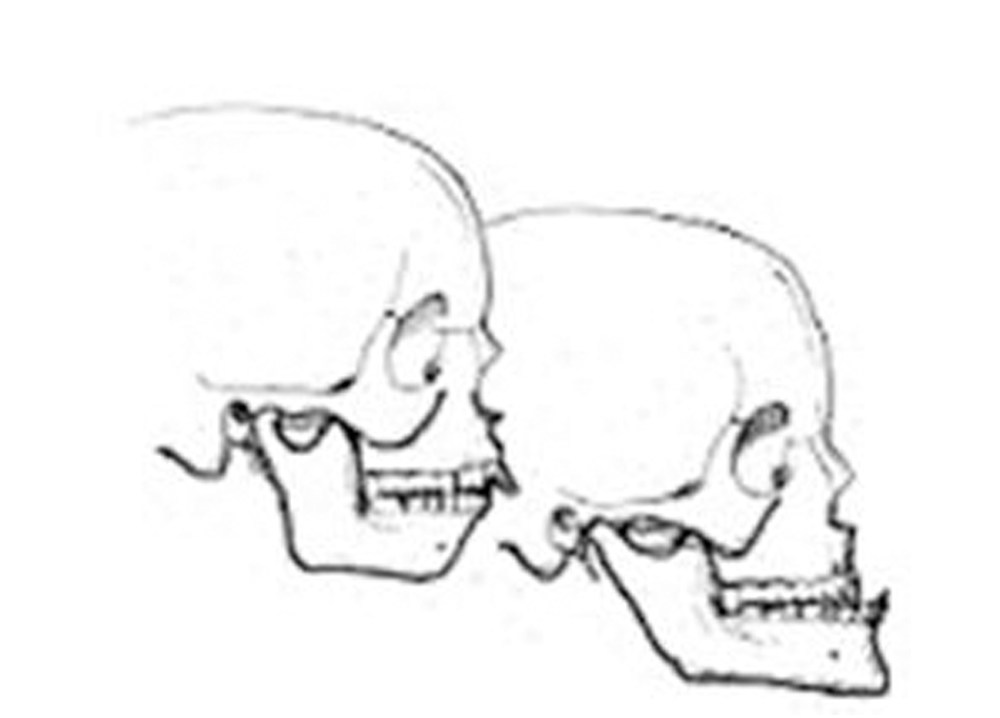Jaw (orthognathic) Surgery

What is jaw (orthognathic) surgery?
Jaw (orthognathic) surgery is surgery performed to correct deformities of the upper and lower jaw bones. These deformities can present as bad bites together with poor facial aesthetics. Functions such as chewing, breathing and speech can be affected. Occasionally, the jaw joints are also painful and incoordinated during normal functions.
The causes of jaw deformities are:
- Developmental or growth
- Long or short lower jaw
- Long or short upper jaw
- Combination of both
- Asymmetry
- Trauma
- Jaw deformities following accidents
- Cleft lip/ palate and craniofacial syndromes
Do I need jaw surgery?
If your bad bites cannot be satisfactorily corrected with orthodontics alone, certainly jaw surgery can be indicated. The greatest advantage of jaw surgery is that besides improvement in the bad bites, the facial aesthetics is greatly enhanced with harmonisation of the face. Most patients have increased self esteem and confidence.
Patients who have failed preliminary surgeries for snoring (sleep apnoea) may also benefit from jaw surgery.
What does jaw surgery entail?
Jaw surgery is performed by repositioning the jaw bones into their “normal” position. Careful planning is required with pre-operative x-rays, study models of the teeth and computer simulation. Most of the surgery is performed inside the mouth without any external scarring. The bone where the surgical movements are performed are fixed with titanium bone plates for rigid stability. A period where your teeth are tied together may be required.
The surgery usually requires hospitalisation and a period of recuperation, ranging from two weeks to six weeks. Where the surgery is minimal, it can be done on a “day surgery” basis. General anaesthesia is required together with pre-operative assessment of the general health.
Prior to surgical correction, mal-alignment of your teeth must be corrected with braces (orthodontics). This will give the surgeon a guide to reposition the bones accurately. Close cooperation between a trained orthodontist and a surgeon is very vital in the overall success of jaw surgery.

When can I start treatment?
Jaw surgery is usually performed in an individual whose growth has stabilised. For a boy, it is usually after 16-18 years and for a girl, slightly earlier. In some conditions, surgery can be performed earlier.
Who do I seek treatment from?
Jaw surgery is performed routinely by an Oral & Maxillofacial Surgeon. He is one who is trained in their particular aspect of the face. Inherent in the training is a great understanding of growth in the facial bones in relation to the dentition and jaw joints, coupled with a sound surgical knowledge.
Is there any complications?
Jaw surgery is a major surgery. As with any surgery, complications ranging from minor to major can occur. However, with great care, experience and planning, these can mostly be avoided. It is generally safe to undergo this form of surgery. The areas of concern are injuries to the sensory nerves, infection and relapse of the bone movement. The jaw joints are also area of concern.
Distraction Osteofenesis in the Maxillofacial Region
Distraction osteogenesis of the jaw bones is a recent development where short or under-developed bone may be lengthened without bone grafting.
Technically, it is a process by which bone is lengthened by progressive stretching. A surgery is performed to create a controlled “fracture”. The fracture is allowed to “heal” for a period of 3-7 days. The “healing” bone is then stretched apart systematically by 1 mm every day until the desired length is achieved. It is left to mature for 2-4 months.
The distraction or stretching is achieved by mechanical devices called “distractors”. For jaw and facial bones, most distractors are “buried” on the bone surface and invisible, as aesthetics is a major concern.
Distraction osteogenesis has been employed in the maxillofacial region for many conditions where there is shortening or under-development of the bone. Amongst the conditions are:
- Craniofacial syndromes such as hemifacial microsomia, Crouzon, Apert and cleft deformities
- Dento-facial deformities (orthognathic conditions) where the lower jaw (mandible) or upper jaw (maxilla) is anatomically small (hypoplastic)
- Deformities arising from cancer or tumour surgeries
- Atrophied or “flat” jaw bone that is insufficient for dental implant placement.
Advantages:
- No necessity for bone grafts to be taken from another part of the skeleton. This prevents post-operative discomfort and additional surgical risks.
- The facial soft tissue is also stretched. As a result, the long term risk of relapse is minimized.
- Predictable, with minimal infection.
- Rapid healing. If dental implants are planned, it can be performed in two months.
Disadvantages:
- Distractors may uncomfortable or if, external, visible.
- Inconvenience to patients. Patient may have to attend the surgeon’s practice every day during the distraction.
- Second surgery is required to remove the distractor
- Added cost of the distractor.
- Distractors may occasionally fail.


